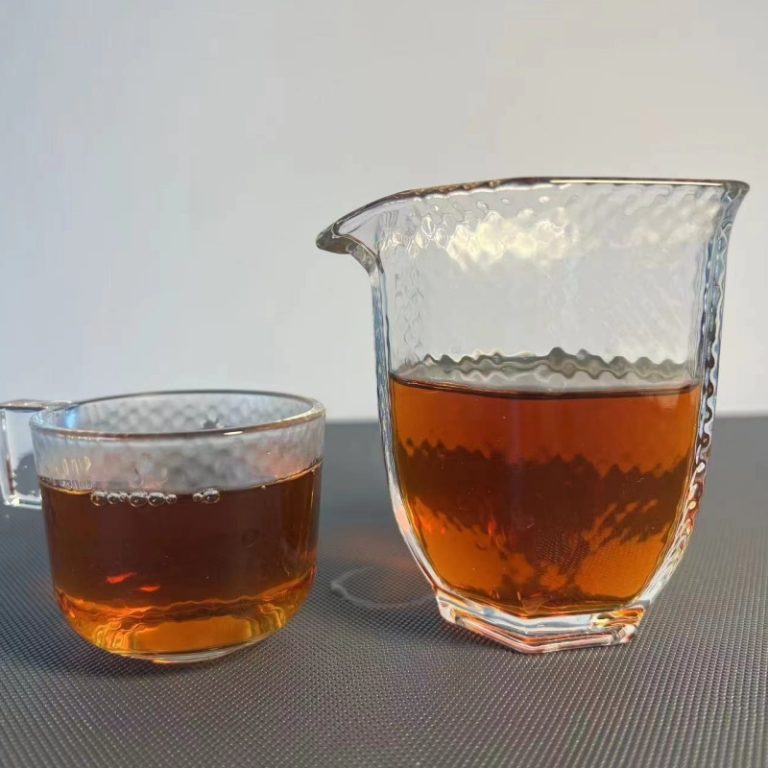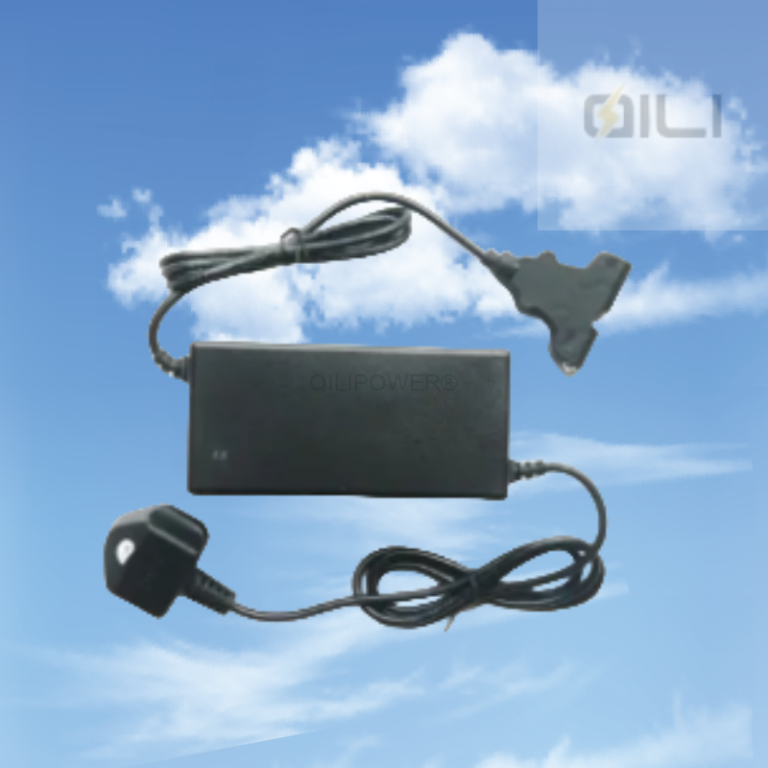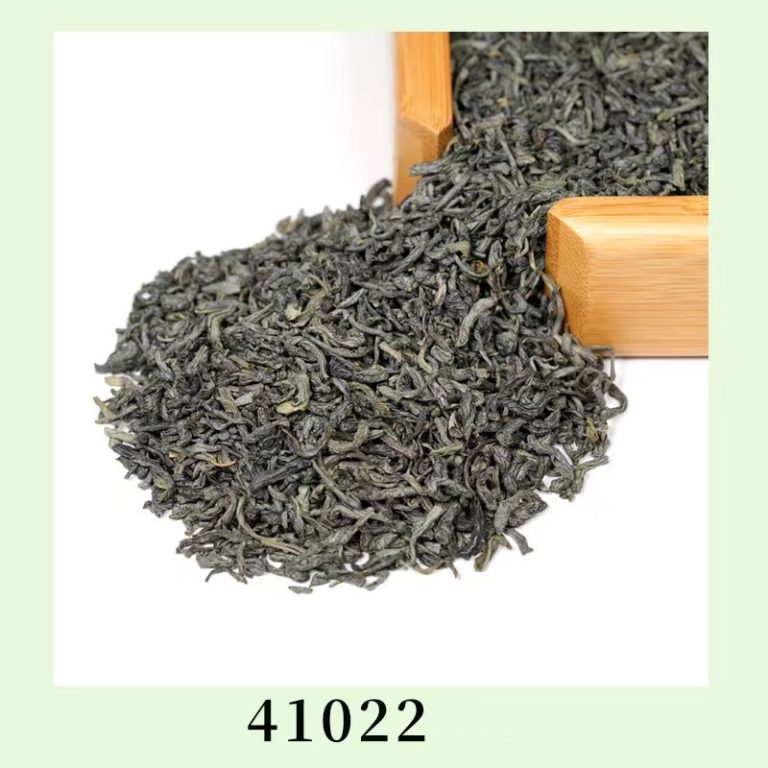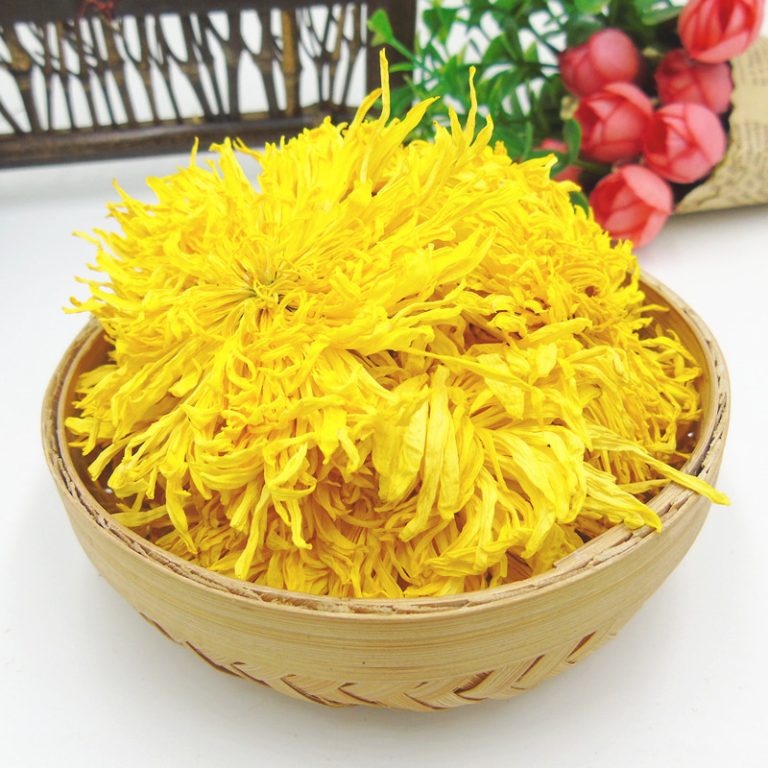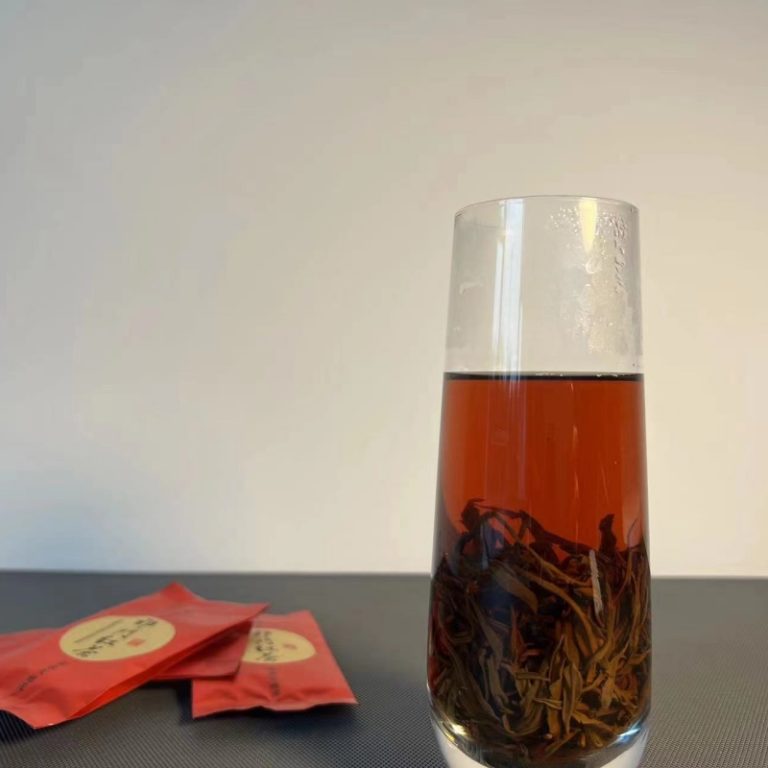Table of Contents
Exploring the History and Cultural Significance of Oolong Tea Chinese Pronunciation
Oolong tea is a traditional Chinese tea that has been enjoyed for centuries. Its name comes from the Chinese words “wu” and “long”, which mean “black dragon”. This name is fitting, as the tea is often rolled into tight balls that resemble a dragon’s scales.| Product Name | Original Place | Export Market |
| Huangshan Maofeng | Mt. Huanghshan | USA,EUROPE,West African |
| Queshe Organic Green Tea | Mt. Huangshan | USA,EUROPE,West African |
A Guide to Differentiating Oolong Tea Varieties by Chinese Pronunciation
Oolong tea is a type of tea that is beloved by many tea drinkers around the world. It is known for its unique flavor and aroma, and it can be found in many different varieties. But how can you tell the difference between them? The answer lies in the Chinese pronunciation of the tea’s name. The first type of oolong tea is called “wu long” (or “oolong”). This type of tea is made from leaves that have been partially oxidized, giving it a unique flavor and aroma. It is often described as having a sweet, floral taste. The second type of oolong tea is called “dong fang mei ren” (or “dragon pearl”). This type of tea is made from leaves that have been fully oxidized, giving it a more robust flavor and aroma. It is often described as having a nutty, earthy taste.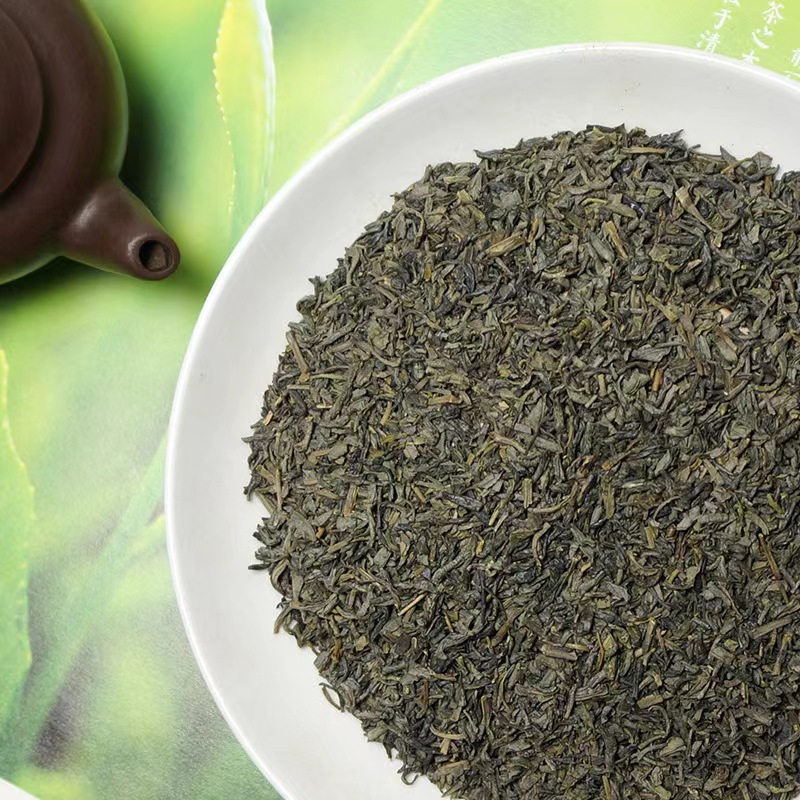 By learning the Chinese pronunciation of these four types of oolong tea, you can easily differentiate between them. Whether you’re a novice tea drinker or an experienced connoisseur, understanding the differences between these four varieties of oolong tea will help you find the perfect cup for your taste.
By learning the Chinese pronunciation of these four types of oolong tea, you can easily differentiate between them. Whether you’re a novice tea drinker or an experienced connoisseur, understanding the differences between these four varieties of oolong tea will help you find the perfect cup for your taste.
